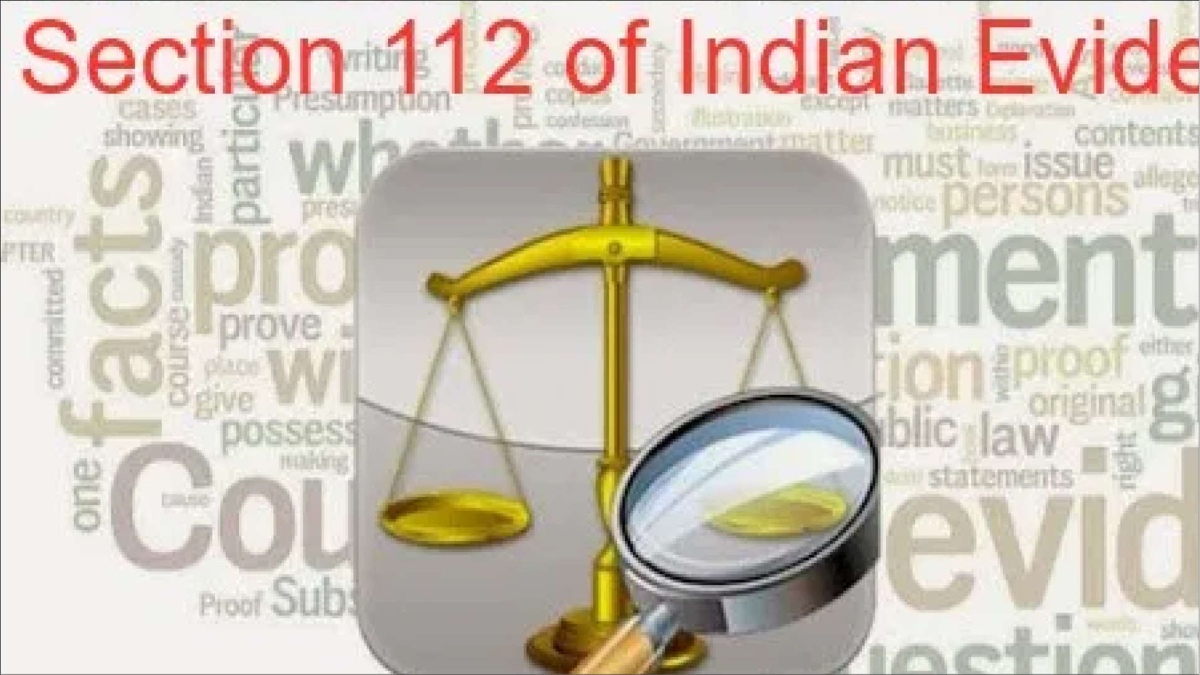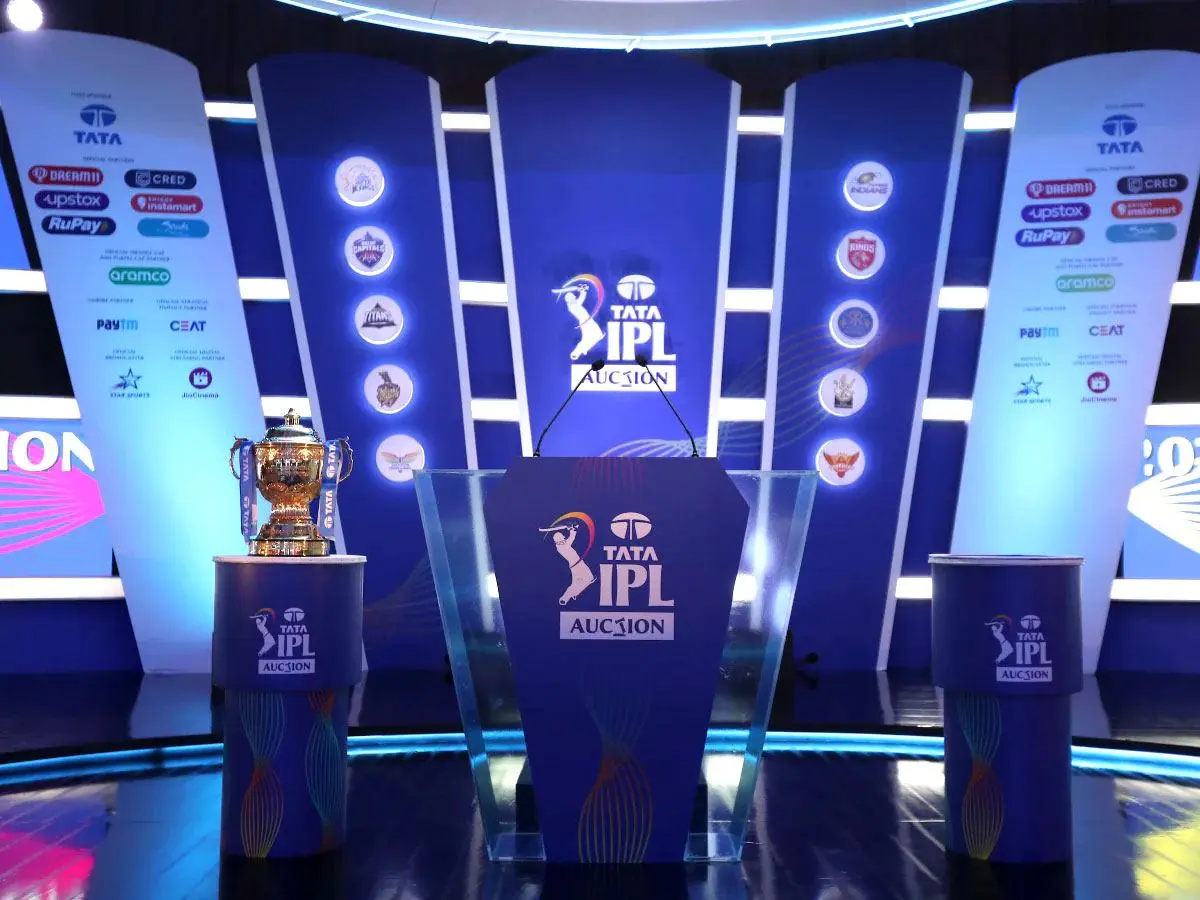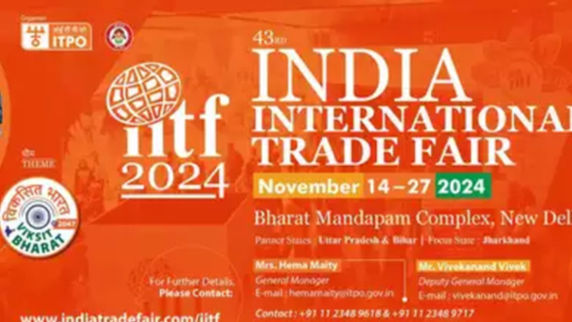
According to the Indian Society of Assisted Reproduction, infertility currently affects about 10-14% of the Indian population, which infers nearly 27.5 million couples actively trying to conceive suffer from infertility in India. Such couples which are unable to conceive naturally resort to Assistive Reproductive Technology (ART) methods for giving birth to children. Assisted Reproductive Technology (ART), as commonly understood, comprises procedures such as in-vitro fertilization (IVF), intra-uterine insemination (IUI), oocyte and sperm donation, cryopreservation and includes surrogacy as well. These procedures are not new in India as the first-child delivered through IVF technology dates back to 1978 who was remarkably, the first IVF-baby in the country and second in the world. Since then the field of Assisted Reproductive Technology has developed rapidly, however, it has various legal, ethical and social issues which remains unaddressed till date. One of the contentious issues is whether or not presumption of legitimacy as embodied in Section 112 of The Evidence Act, 1872 applies in cases where children are born through Assisted Reproductive Technology (ART). The presumption under Section 112 rests on the principle that sexual intercourse is absolute essential for conception of child. It will be interesting to see how courts in times to come will apply the presumption under Section 112 to cases of Artificial Insemination, which do not require the physical presence of a man and woman for conception of child. Various nations have resolved this controversy through legislative intervention and have enacted their respective laws clarifying the legitimacy of child born out of Artificial Insemination. In India, presently there are no statutes governing Artificial Insemination and the status or rights of the children produced through such procedures. Though various states have semen banks, only Delhi has enacted The Delhi Artificial Insemination Act of 1995 for regulating the donation, sale and supply of human semen and ovum for the purpose of artificial insemination. The Indian Council of Medical Research (ICMR) laid out the ‘National Guidelines for Accreditation, Supervision and Regulation of ART Clinics in India’ (2005) but due to lack of legislative backing, these guidelines are not enforceable in a court of law.
PRESUMPTION OF LEGITIMACY UNDER SECTION 112 OF THE EVIDENCE ACT, 1872
One of the cardinal principles of evidence law is that every fact on the basis of which a party to a proceeding wants to take judgment must be proved. However, Chapter VII of The Evidence Act, 1872 lays down certain facts that can be taken into consideration by the Court without calling for proof of them. “To presume” means to accept something as true in the absence of evidence to the contrary. A presumption is not itself evidence but only makes a prima facie case for the party in whose favor it exists. Section-112 of The Evidence Act, 1872 embodies the irrebuttable presumption of legitimacy of child born out of a valid wedlock. The section establishes the fact of marriage as conclusive proof of legitimacy. The legislative intent of the provision is to protect the rights and interests of the children and chastity of women. Reading Section 112 with “conclusive proof” as defined under Sec.4, the inference drawn would be that when one fact, such as any person being born during the continuance of a valid wedlock or within 280 days after its dissolution of marriage is proved, it shall be conclusive proof that the child born shall be legitimate, as held in Banarasi Dass v. Teeku Datta, 2005 4 SCC 449. The only way to rebut the legitimacy is to prove ‘no access’ i.e. he could not possibly have had sexual intercourse with the mother of the child at any time during which she could have conceived the child born. This can be proved either by showing that the man was away in some other city or at a distance from which he could have had no possible opportunity of having sexual intercourse with the mother or by proving that he was impotent at all times at which the child could have been conceived. If however, the husband fails to prove any of these, he shall be deemed to be the father of the child born. The presumption of a child born within 280 days of the dissolution of the marriage, being legitimate is subject to the condition that the woman remains unmarried. If the woman remarries before the birth of the child, the second part of the section would have no application. The child would be presumed to be the legitimate child of the second husband under the first part of the section unless it is shown that the second husband had no access to the woman at any time when the child could have been begotten. This legal presumption is based on the maxims, ‘odiosa et inhonesta non sunt in lege prae sumenda’, which means that nothing odious will be presumed by the law and ‘pater est quem nuptioe demonstrant’ which means ‘he is the father whom the marriage indicates.’ The Supreme Court in the Nandlal Wasudeo Badwaik v. Lata Nandlal Badwaik, 2014 2 SCC 576 held, “Interest of justice is best served by ascertaining the truth and the Court should be furnished with the best available science and may not be left to bank upon presumptions, unless science has no answer to the facts in issue. In our opinion, when there is a conflict between a conclusive proof envisaged under law and a proof based on scientific advancement accepted by the world community to be correct, the latter must prevail over the former. We must understand the distinction between a legal fiction and the presumption of a fact. Legal fiction assumes existence of a fact which may not really exist. However presumption of a fact depends on satisfaction of certain circumstances. Those circumstances logically would lead to the fact sought to be presumed. Section 112 of the Evidence Act does not create a legal fiction but provides for presumption.”
WHAT IS ARTIFICIAL INSEMINATION?
Artificial Insemination, being one of the Assisted Reproductive Technology (ART) methods, is a scientific technique for artificial procreation which involves the artificial introduction of sperm into the uterus of a woman without sexual intercourse. The extension of the test of legitimacy to the children born through clinical impregnation involves the application of the legislative spirit behind Section 112 to the method used for impregnation. Hence, it is important to understand the types of methods used for artificial insemination. Broadly speaking, it can take up three forms- Homologous Artificial Insemination (AIH), where the woman is inseminated with the sperm of her husband; Heterologous Artificial Insemination (AID) where the woman is inseminated with the sperm of a donor; and Combined Artificial Insemination (CAI) where the woman is inseminated with a mixture of the sperm of her husband and donor.
LEGITIMACY OF CHILD VIS-À-VIS ARTIFICIAL INSEMINATION
The issue of foremost importance which arises here, with this legal provision, is up to what extent the test of legitimacy as laid down in Section-112 is justifiable in present times where several modern scientific developments such as sperm banks, artificial insemination, surrogacy, and many more methods which doesn’t require the physical presence of a man and woman for the conception of a child. The language of Section-112 can be easily interpreted to include cases of Homologous Artificial Insemination (AIH) because in this case, the husband is the biological or natural father of the child. This should not pose legal issues for the simple reason that in this process, the sperm of the husband is united with the ova of the wife, so the marriage is consummated artificially, although not by the normal method. As per the ICMR’s National Guidelines for Accreditation, Supervision and Regulation of ART Clinics in India (2005), “Conception of the wife through AIH does not necessarily amount to consummation of marriage and a decree of nullity may still be granted in favor of the wife on the ground of impotency of the husband or his willful refusal to consummate the marriage.” In Doornbos v. Doornbos, N. 54 S. 14981, The American Superior Court held, “Homologous Artificial Insemination (when the specimen of semen used is obtained from the husband of the woman) is not contrary to public policy and good morals, and does not present any difficulty from the legal point of view.” Also, in case of posthumous AIH, where a child born to a woman artificially inseminated with the stored sperms of her deceased husband should be considered to be a legitimate child notwithstanding the existing law of presumptions under our Evidence Act, keeping in mind the legislative intent behind Section 112.
The process of Homologous Artificial Insemination (AID) poses two legal issues, firstly, regarding the legitimacy of the child born out of AID, and secondly, if it constitutes adultery, for the purpose of dissolution of marriage. AID process involves using sperms of an unknown donor and is usually employed when either of the spouses is suffering from biological defects. Hence, a child born out of AID would not strictly fulfill the conditions of laid down in Section 112; moreover, the husband can easily prove non-access to the wife. Since this process uses donor’s sperms, the child’s DNA would match with the donor’s DNA instead of his father; hence, DNA Test would not help in establishing the paternity of the child in this scenario. Strnad v. Strnad, N.Y. Sup. Ct. 1948, was reportedly the first case in which the status of child born out of AID process was considered by the Courts. While liberally interpreting the legitimacy provisions, The Supreme Court of New York held, “The parental rights of the husband over a child born out of AID process were akin to those of an adoptive father, thus holding that the child was legitimate.” In another case, People v. Sorensen,, 68 Cal. 2d 280, the Supreme Court of California declared that a man who had consented to his wife undergoing AID was the lawful father of the child born as a result of the AID, and hence, was liable to pay child support after separating from his wife. The Court also clarified its stance on adultery, by holding, “It would be absurd for an act of AID to be classified as adultery for the doctor, the donor or the woman undergoing AID, because the doctor may be female, the donor may be thousands of miles away, or the husband may himself be inserting the semen via a syringe. Hence, the process of AID is not adulterous for the woman, the doctor or the donor.” To sum up the English law on the point, it can be said that a child born out of AID process with the consent of the husband is considered to be legitimate and he enjoys all the rights and privileges of a naturally born child of the marriage. As far as Indian law is concerned, on a meaningful and purposeful interpretation of Section 112, the husband can be regarded as the father of a child born of AID, unless he proves absence of consent on his part for undergoing AID. As per the ICMR’s National Guidelines for Accreditation, Supervision and Regulation of ART Clinics in India (2005), “Assistive Reproductive Techniques used for married woman with the consent of the husband does not amount to adultery on part of the wife or the donor. AID without the husband’s consent can, however, be a ground for divorce or judicial separation”. ICMR Guidelines further provide, “A child born through ART shall be presumed to be the legitimate child of the couple, born within wedlock, with consent of both the spouses, and with all the attendant rights of parentage, support and inheritance. Sperm/oocyte donors shall have no parental right or duties in relation to the child and their anonymity shall be protected except in certain cases.” The same reasoning can be mutatis mutandis applied to the children born out Combined Artificial Insemination (CAI) where the woman is inseminated with a mixture of the sperm of her husband and donor. Hence, the husband will be treated as the father of the child, and will have all the rights and obligations of a natural father with respect to the child. In Revanasiddappa v. Mallikarjun, (2011) 11 SCC 1 the Supreme Court opined that “while adjudicating legitimacy cases, Court must remember the objectives of the Constitution set out in the Preamble which provides that every individual has separate and individual dignity of his own. Therefore the Court has to look into the matter that illegal or immoral or illegitimate relationships of parent do not hinder the dignity of the child born out of such relationships. As a child born out of such a relationship is innocent and has all the rights granted to him under the Constitution and the status of the child must be as equal to as of child born out of valid marriage”.
WAY FORWARD
The Committee for Reforms in Criminal Laws, 2020 as constituted by the Ministry of Home Affairs should take into consideration the modern technological and scientific advancements and suitable modifications should be brought about to keep the law attuned to the changing socio-cultural scenario. In the Indian context, such a change in scientific temper and social outlook is manifest in the Malimath Committee Report on Reforms of the Criminal Justice System as well as The Law Commission of India Reports. In order to protect the rights of the child, the rights and obligations of the husband and the donor also need to be codified in order to balance conflicting rights. There is dire need to streamline the process of Artificial Insemination in India and address the legal, ethical as well as technical issues that follow by legislative intervention. The Assisted Reproductive Technology (Regulation) Bill, 2020 which attempts to augment and streamline the process of artificial insemination is currently under review. It expressly lays down that a child born through Assistive Reproductive Technology (ART) will be deemed to be a biological child of the commissioning couple and will be entitled to the rights and privileges available to a natural child of the commissioning couple. However, the Bill fails to address various legal, medical and ethical aspects. One of many drawbacks of the Bill being it only allows married couples and single unmarried women to access Assistive Reproductive Technology and excludes single unmarried men, LGBTQ individuals and couples. In Devika Biswas v. Union of India, (2016) 10 SCC 726, the Supreme Court recognized the right to reproduction as an important component of the ‘right to life’ under Article 21. Thus, restricting ART only to heterosexual relationships within a certain age group and denying reproductive choices to LGBTQ, single men and older couples would be a clear violation of Article 14 and 21. In times of changing social structures where fertility is declining and single parenthood is becoming common, the legislature must come up with laws which enhance the reproductive choices and cater to the changing social needs of the people.
The Authors are Advocates practising in Delhi High Court)














